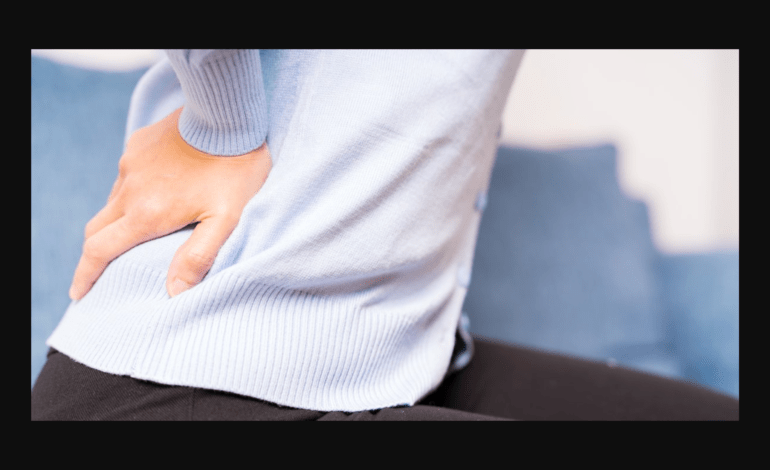
Dead butt syndrome: the hidden cause of lower body pain
By: Dr. Avi Verma
“Dead Butt Syndrome” (DBS), medically known as gluteal amnesia, occurs when your gluteal muscles — mainly the gluteus maximus and gluteus medius — fail to activate effectively. This dysfunction can lead to lower back pain, knee strain, hip instability, and a higher risk of injury.
Although the term may sound casual, the condition is serious and surprisingly common, especially among people who spend long hours sitting at desks or in cars. Over time, the glutes “forget” how to fire properly, forcing other muscles like the hamstrings, quadriceps, and lower back to compensate — often resulting in pain, poor movement patterns, or mobility limitations.
Why it happens
Dead Butt Syndrome usually develops from prolonged inactivity, weak glutes, and tight hip flexors. Long periods of sitting keep the hip flexors contracted while the glutes remain idle, creating a muscular imbalance.
This inactivity reduces your ability to stabilize the pelvis, maintain proper posture, and absorb forces during everyday movements like walking, climbing stairs, or lifting objects. DBS can affect athletes, office workers, and older adults alike, reflecting how modern sedentary lifestyles contribute to the condition.
How to recognize the symptoms
Signs of DBS include:
- Difficulty standing from a seated position without hip or lower back discomfort
- Chronic stiffness or pain in the buttocks, hips, knees, or lower back
- One leg feeling weaker during exercises such as step-ups or single-leg movements
- Poor balance or wobbling when standing on one leg or performing lateral movements
If you notice one or more of these symptoms after long periods of sitting, your glutes may be underactive and in need of targeted activation.
Three key exercises to reawaken your glutes
1. Glute bridge
- Lie on your back with knees bent and feet flat, hip-width apart
- Lift your hips toward the ceiling, squeezing your glutes at the top
- Slowly lower and repeat 10–15 times for 2–3 sets
- Benefits: Strengthens the gluteus maximus and stabilizes the lower back and pelvis
2. Clamshell (side-lying hip abduction)
- Lie on your side with knees bent and heels together
- Lift the top knee while keeping your heels in contact and hips stacked
- Perform 15–20 repetitions per side for 2–3 sets
- Benefits: Targets the gluteus medius and minimus, improving lateral stability and preventing knee collapse
3. Standing lateral leg lift
- Stand upright and lift one leg to the side a few inches while keeping your torso stable
- Hold for 5–30 seconds, then switch sides. Repeat 2–3 times per leg
- Benefits: Enhances hip strength, balance, and proper glute activation
Prevention and lifestyle tips
- Take frequent breaks from sitting: stand, stretch, or walk for 1–2 minutes every 20–30 minutes
- Maintain proper sitting posture: keep hips level or slightly higher than knees, avoid slouching, and do not cross legs for long periods
- Alternate sitting and standing: use a standing desk or adjustable workstation when possible
- Engage glutes in daily activities: consciously tighten your glutes while walking, standing, or climbing stairs
- Incorporate strength training and stretching: focus on glutes, hamstrings, and hip flexors to maintain mobility and activation
When to seek professional help
If pain persists despite stretching and exercise, consult a physical therapist, sports medicine specialist, or orthopedist. Professionals can assess your glute strength, identify movement deficiencies, and develop a tailored plan to restore function and reduce pain.
Final thoughts
Dead Butt Syndrome is more than a quirky term — it’s a real consequence of sedentary lifestyles. The good news: recovery is possible. With targeted exercises, improved posture, and consistent lifestyle adjustments, you can restore glute function, relieve back, hip, and knee pain, and regain core and pelvic stability.
Your “dead butt” isn’t doomed — it just needs to be awakened.
Disclaimer: This article is for informational purposes only and does not replace professional medical advice. Consult a healthcare provider if you experience persistent back, hip, knee, or buttock pain before starting any exercise program.